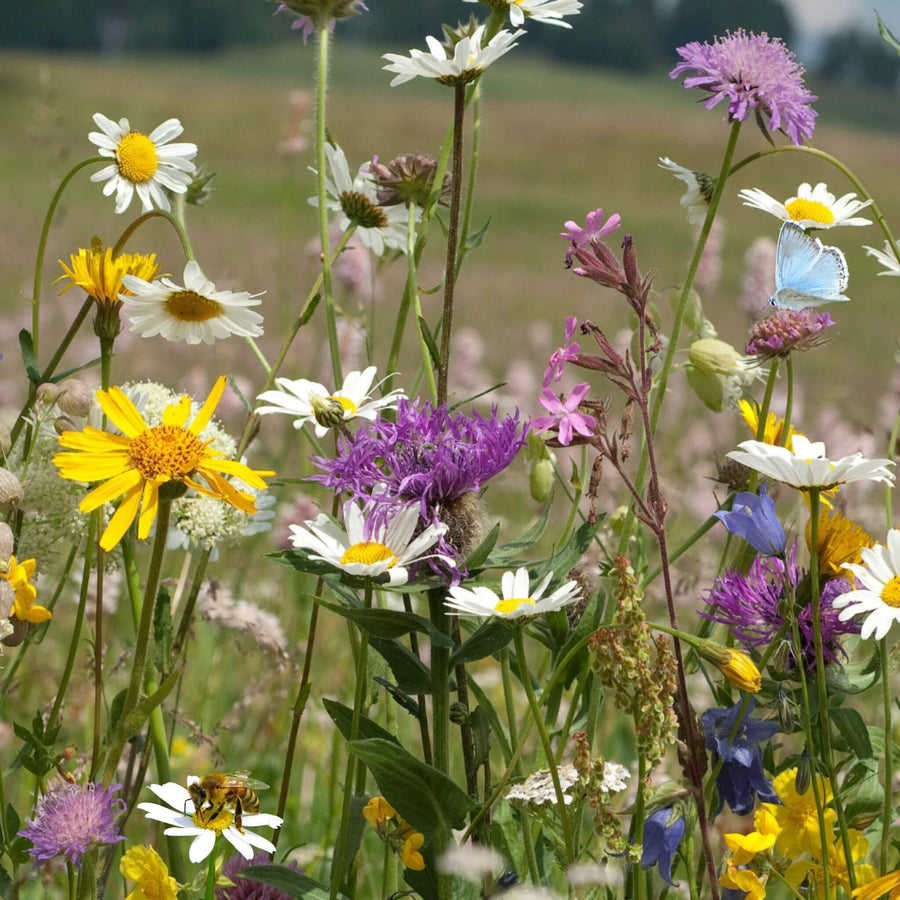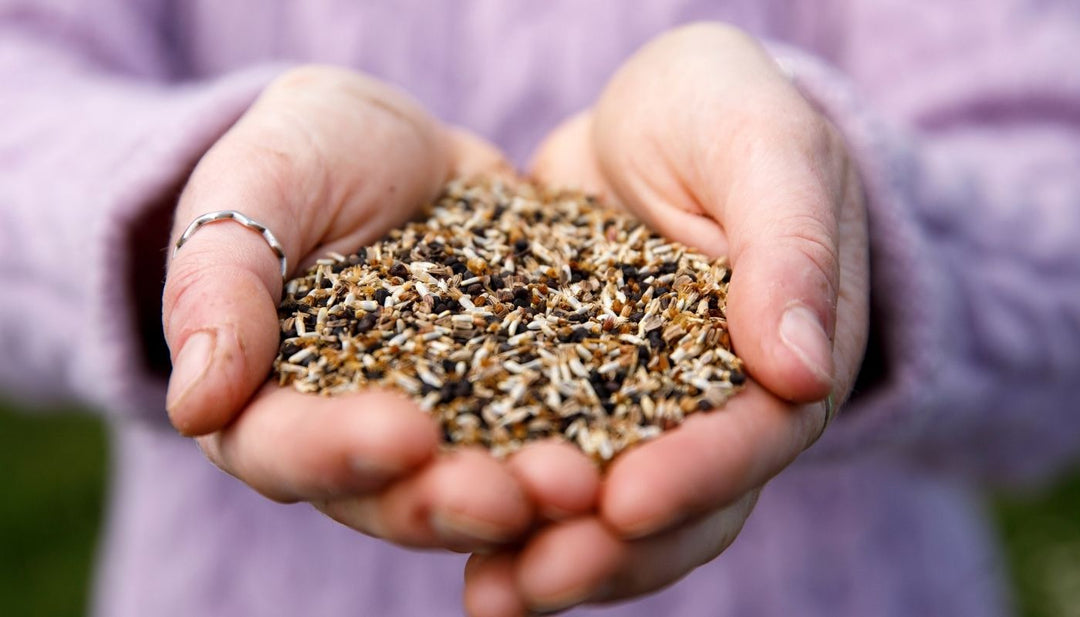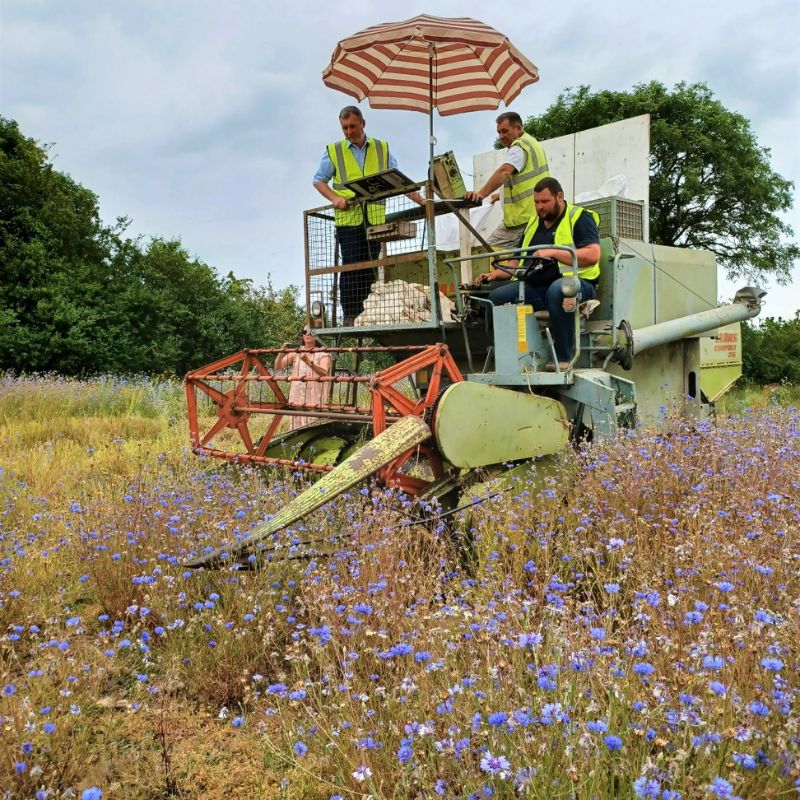St Valentine's Day – more than a posh meal out and a single red rose from Kenya
By writer Zoë Devlin
Have you ever wondered who Saint Valentine was and why he is associated with romantic love?
One story is that a priest from ancient Rome got into trouble by performing wedding ceremonies at a time when marriage was forbidden by law. It was deemed a distraction to soldiers whose strength and vigour was required to be devoted to their country's defence. He was thrown into jail where he is reputed to have healed the blindness of his jailer's daughter, and before he was executed, he sent her a little note signed 'from your Valentine'.
For many centuries, red roses have been symbols of love. The tradition of attaching them to St Valentine's Day dates back to the 18th century when the 'language of flowers' became widespread. One of our own native versions of the rose is probably best known as the Dog-rose (Rosa canina) as it was believed by Pliny, a first-century naturalist, that the roots of this plant could cure the bite of a mad dog!
Another symbol of everlasting love is Yarrow (Achillea millefolium), which is also believed to be our oldest medicinal plant. In folklore, a young maiden was advised to put nine leaves of this plant under her pillow. As they slept, their future husband would come to them in their dreams. Wild Pansies (Viola tricolor) have several other names such as Heart's-ease and Love-in Idleness. Symbols of faithfulness and love, their name comes from the French for thoughts – 'Pensées' and from their habit of nodding forward – seeming to be in deep contemplation.
Zoë Devlin













